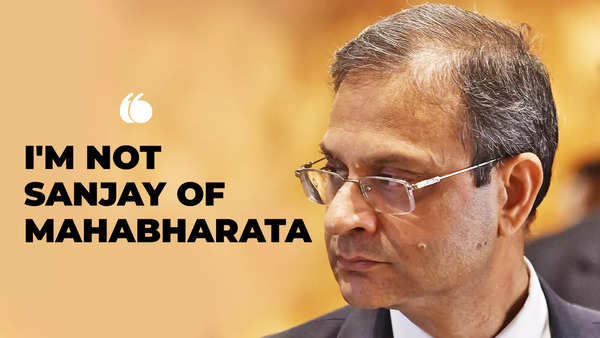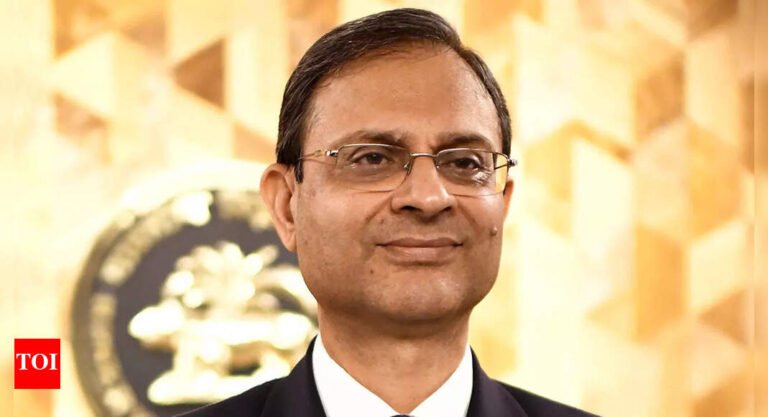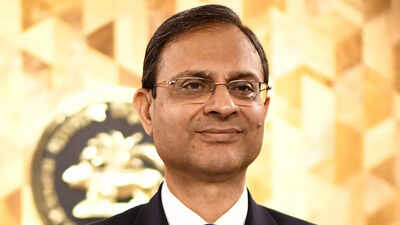RBI governor Sanjay Malhotra has said that the extent of the downward trajectory of the repo rate is uncertain as of now, given the global economic uncertainties created due to US President Donald Trump’s tariffs. On a lighter note he said, “I’m Sanjay, but I’m not the Sanjay of Mahabharata…”
RBI governor-led Monetary Policy Committee (MPC) on Wednesday cut the repo rate by 25 basis points to 6.5%. This is the second rate cut in this calendar year, and importantly the RBI has changed its policy stance from neutral to accommodative. RBI governor in his statement explained that an accommodative stand means that the central bank will either maintain status quo or cut rates in the coming monetary policy reviews.
Also Check | Trump’s tariffs exacerbate uncertainties! Why RBI cut repo rate by 25 basis points to support GDP growth
Asked about whether RBI will be required to do more heavy lifting in the emerging global economic environment, Malhotra said, “It’s a joint effort. You know, who does more of the heavy lifting, etc. The government has done its bit. I think, in the budget that you saw recently, a large number of measures, whether you know it is in terms of the increased capex, whether it is in terms of the tax rebates on the personal income tax side.”

‘I am not Sanjay of Mahabharata’, says RBI governor
“We have reduced repo rates. We have changed the stance going forward, which means that the direction of the policy repo rate is downwards, where it will reach we really don’t know. I’m Sanjay, but I’m not the Sanjay of Mahabharata, to be able to foresee that far. I do not have that divine vision that he had,” Malhotra said.
The RBI has revised downwards its GDP growth projections for the Indian economy for FY 2025-26 from 6.7% earlier to 6.5%. The central bank governor has warned of heightened uncertainties due to the tariff war that is currently playing out.
“The recent trade tariff related measures have exacerbated uncertainties clouding the economic outlook across regions, posing new headwinds for global growth and inflation,” he said.
“The domestic growth-inflation trajectory demands monetary policy to be growth supportive, while being watchful on the inflation front. We are aiming for a non-inflationary growth that is built on the foundations of an improved demand and supply response and sustained macroeconomic balance. As before, we shall remain agile and decisive in our response and put in place policies that are clear, consistent, credible and in the best interest of the economy,” he added.



